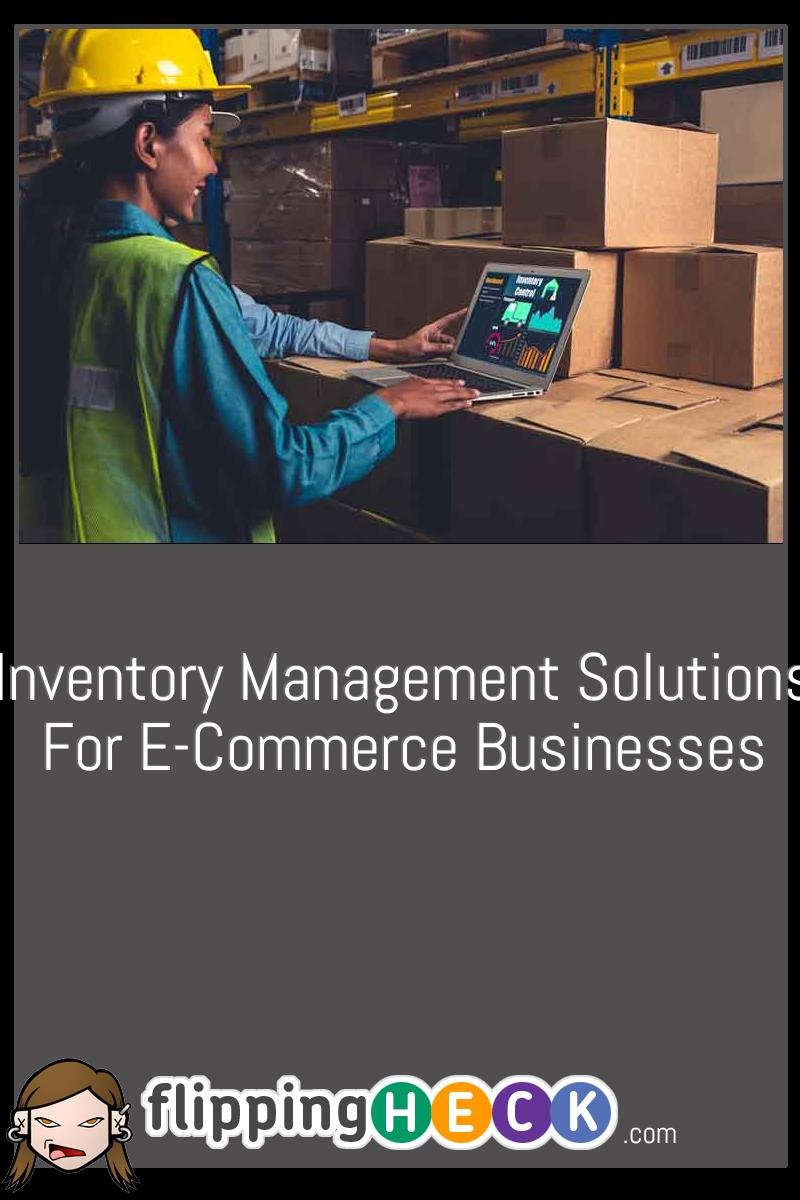Inventory Management Solutions for e-Commerce Businesses
Running an e-commerce business requires you to wear many different hats throughout the day. If you’re still in the beginning stages of your business, you may be ordering inventory, picking orders, and shipping products all on your own. No matter the stage your business is in, a little planning will go a long way toward ensuring long-term success. Follow these two tips to refine your e-commerce process.

Running an e-commerce business requires you to wear many different hats throughout the day. If you’re still in the beginning stages of your business, you may be ordering inventory, picking orders, and shipping products all on your own.
Larger companies choose from various stocking and shipping methods that work best for their products, suppliers, and their customer base. However, even experienced companies deal with inventory issues that can damage their reputations and take time and money to fix.
No matter the stage your business is in, a little planning will go a long way toward ensuring long-term success. Follow these two tips to refine your e-commerce process.
Refine Your Inventory Storage System
With a business, everything comes down to organization. The order you keep at your e-commerce business’s most basic level will radiate outward, affecting every aspect of your enterprise.
Depending on your business’s size, your ideal organizational model will vary. However, all e-commerce inventory storage systems are based on two basic principles: giving both items and storage spaces names.
Item names or labels are called stock-keeping units, or SKUs. They include a bar code as well as a number identification system that should be consistent across all your stock. These numbers should be as simple as possible. For example, they could refer to the company, category, and design of an item.
Picking locations where you store stock should also be given a clear number or letter system. If each row, shelf, and box are labeled, it will be much easier for pickers to find and ship items quickly without making mistakes. Labeling can help prevent any over- or understocking of products, saving you money and hassle down the line. A clear labeling structure is essential for your e-commerce business’s success!
Switch Up Your Shipping Model
E-commerce customers want consistency, accuracy, and transparency from your store. One of the best ways for you to fulfill their trust is to find the shipping method that best fits your business model.
There are many different ways that e-commerce businesses can organize their order processing model, and each has its pros and cons. The models that require the least amount of effort from you call for a close relationship with a trusted supplier.
Two of these models include drop shipping and just-in-time fulfillment. Dropshipping can be an inventory management solution because it doesn’t require a picking location or storage facility. With dropshipping, you send the order information directly to your supplier, and they pick and ship the order directly to customers.
The just-in-time fulfillment model is similar to dropshipping but requires a little more work from you. With this inventory model, you order stock from your supplier as soon as an order comes in. When the stock arrives the next day, you ship it out to customers.
Because it’s your reputation on the line, you have to know that your suppliers will fulfill orders quickly and accurately. If shipping consistency is already something your store struggles with, you may want to consider other inventory management solutions.
Start Small
Whether your store is still small or business is booming, there’s no time like the present to improve your inventory management systems! Follow these two steps to create a foundation that can carry your e-commerce business into a bright future.

